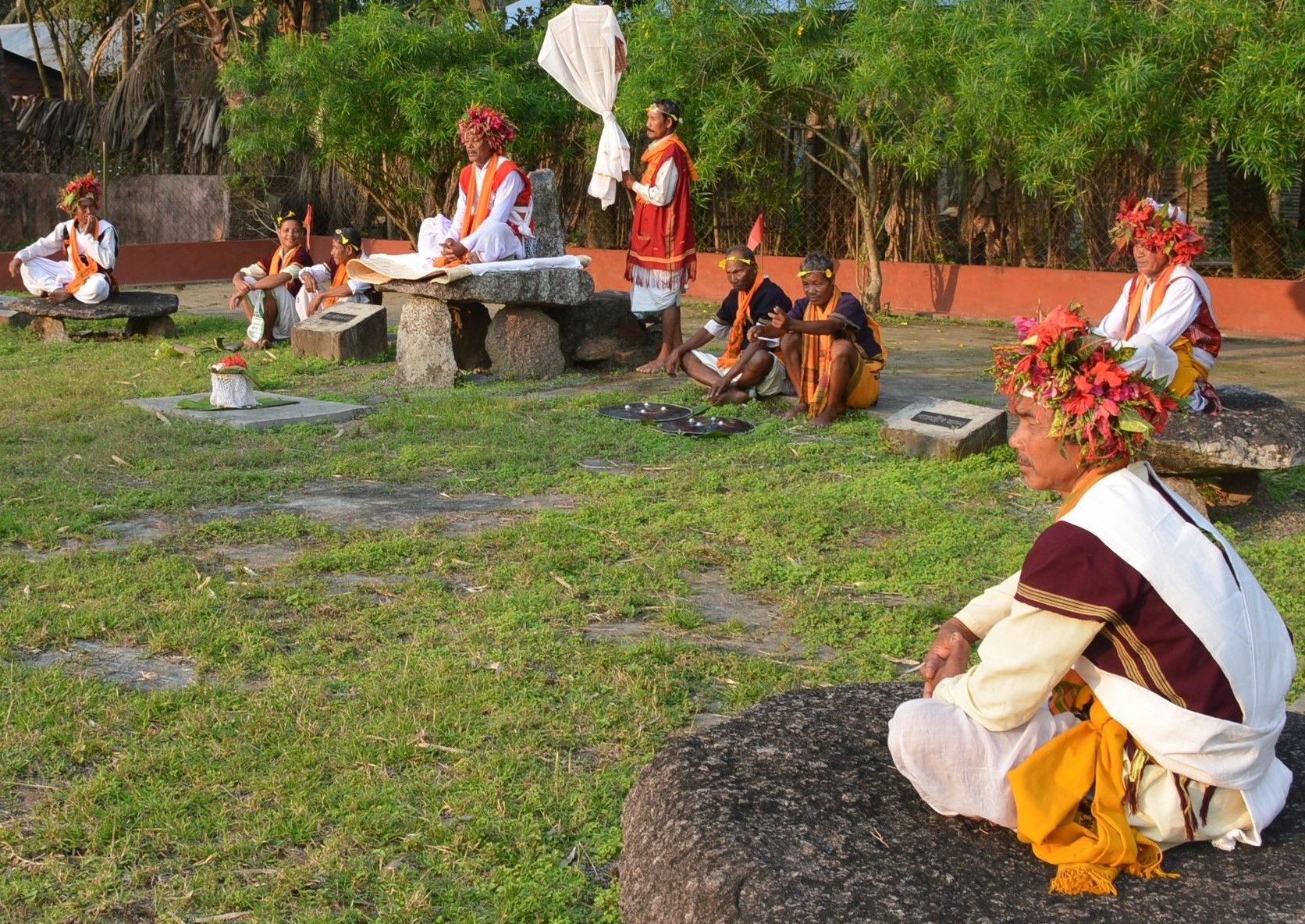From Late Prehistory to the Foundation of Early States in Inland Southeast Asia: a Debate
DOI:
https://doi.org/10.7152/jipa.v44i0.15651Abstract
Mortuary data from three Iron Age sites in Northeast Thailand and three in Northwest Cambodia are here reviewed for information on social formation on the cusp of early states. It has been suggested that the three Cambodian sites present evidence for a complex polity with three social tiers and that this contrasts with the lack of any evidence for equivalent complexity in the three communities in the upper Mun Valley of Northeast Thailand. This model is examined and queried on the basis of insufficient data for the Cambodian sites, and contestable statistical analysis. In its place, an alternative is presented, that identifies a critically important climatic deterioration causing increased aridity which stimulated the development of plough-based wet rice cultivation in irrigated permanent fields. In the upper Mun Valley of Northeast Thailand, this coincided with a swift rise in social elites, interred in lineage-based nuclei in which leading individuals were accompanied by unprecedented wealth. Within a century or two, some Iron Age settlements greatly expanded into regal centers documented through texts that mentioned the state of Sri Canasapura. This transition might also have occurred in Northwest Cambodia at the same time, but evidence for this is so far unconvincing.

